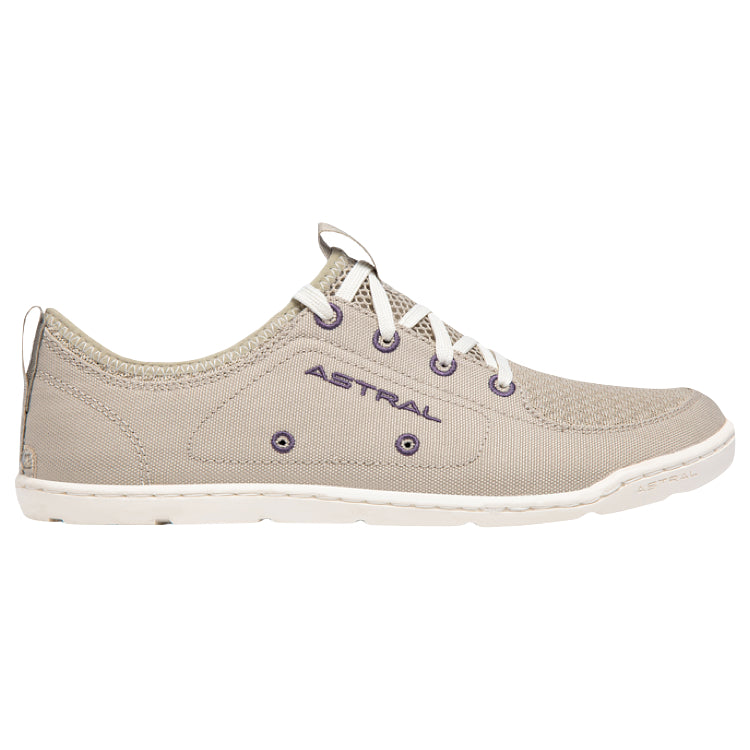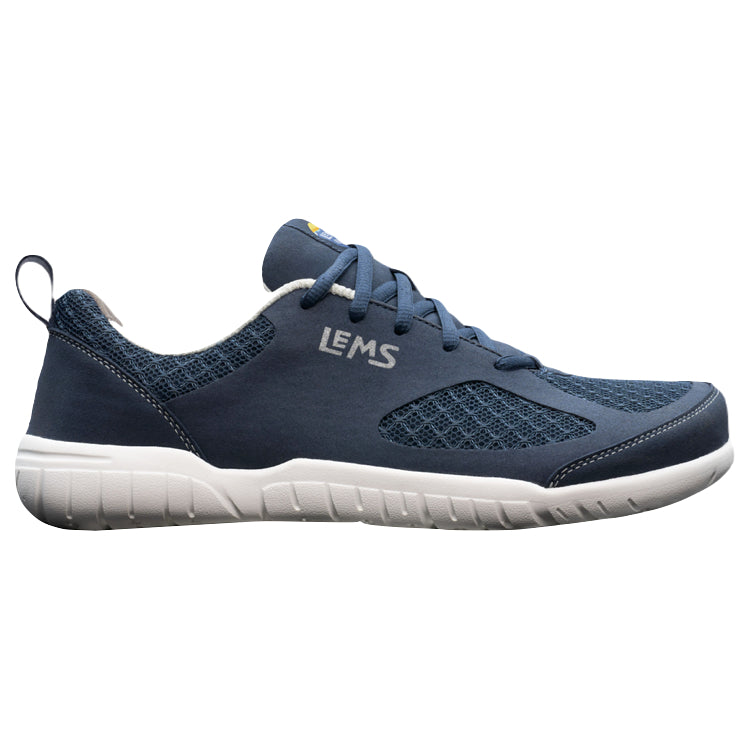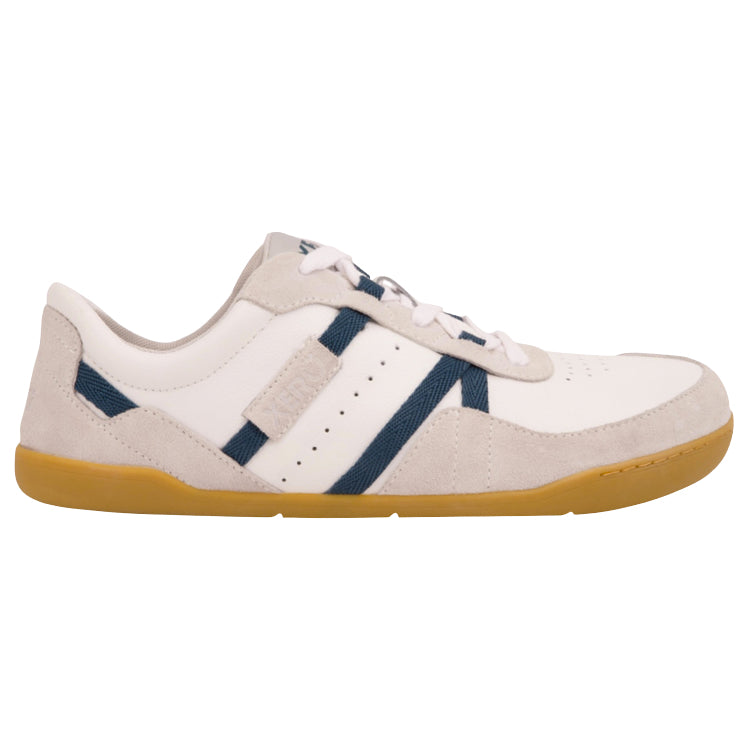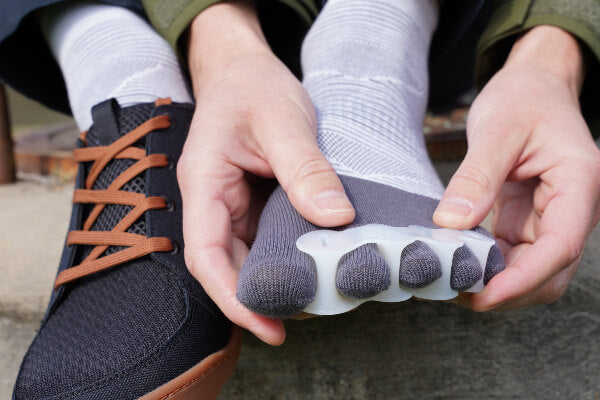
At Natural Footgear, we firmly believe that finding the right minimalist shoe begins with understanding your unique foot shape and biomechanics. While conventional footwear often forces feet into a narrow, standardized mold, minimalist shoes should work with your natural anatomy, not against it. People have varying foot structures—some have wide forefeet and narrow heels, others have high or low arches, and some may have longer second toes (Morton’s toe). These differences mean that while minimalist footwear generally promotes natural foot function, the ideal model and fit will vary based on individual foot characteristics.
One of the most critical factors in choosing the right minimalist shoe is the toe box shape. A shoe that accommodates your natural toe splay is essential for comfort, balance, and long-term foot health. For individuals with especially wide feet or preexisting conditions like bunions, models with extra forefoot space—such as those designed with anatomical toe boxes—will provide the best experience. It's important to consider your specific toe length-based foot shape, though, to find a brand or model that most closely matches up. Generally recognized toe length-based foot shapes include the following: Egyptian, Roman, Greek, Celtic, or Germanic. You can find more info about each of these foot types online.
Beyond toe box shape, heel width and midfoot volume play a role in finding the best minimalist shoe. People with narrow heels may need models that provide a secure fit around the ankle to prevent slipping, while those with higher-volume feet should look for shoes with adjustable lacing systems or flexible uppers to ensure a non-restrictive fit. Additionally, factors such as instep height and overall foot length distribution influence comfort and performance. That’s why trying on different styles—or at least carefully measuring your foot dimensions and comparing them to brand-specific sizing charts—can help ensure an optimal fit.
To find the best minimalist shoe for your foot shape, we recommend testing out a variety of models, and when you find one that's well-suited to your unique foot, engage in a gradual transition process. If you're new to minimalist footwear, start with a model that offers some flexibility and ground feel without being overly thin or unstructured. Pay close attention to how your feet feel during various activities—whether walking, running, or engaging in sports—since different models cater to different movement patterns. We also encourage pairing your minimalist shoes with toe spacers, foot-strengthening exercises, and proper mobility work to fully embrace the benefits of natural foot function.
At the end of the day, the goal is not just to find a shoe that fits but one that enhances your natural foot mechanics and permits the highest quality of movement possible. Minimalist footwear should allow your toes to spread, your arches to engage, and your entire foot to function as nature intended. By understanding your foot shape and foot volume and selecting a model that complements these things, you can unlock the full potential of your feet, fostering better balance, strength, and long-term musculoskeletal health. If you’re unsure where to start, we at Natural Footgear are always happy to help guide you toward the perfect fit!

WANT TO IMPROVE YOUR FOOT HEALTH?
Let the team at Natural Footgear help you! Subscribe to our newsletter for the latest offers and helpful info, and sign up for our FREE email courses on various topics and foot health conditions.
Sign Up →
Want to Improve Your Foot Health?
We are here to help you every step of the way. Get our newsletter for the latest offers and helpful info, and sign up for our FREE email courses on various topics and conditions, including bunions, hammertoes, neuromas, plantar fasciosis, shin splints, ingrown toenails, and more.
Sign Up →
 In order to understand how our feet would develop without shoes, we need look no further than barefoot cultures that currently exist around the world in places like Asia, Africa, and South and Central America. The feet of barefoot individuals are characterized by strong, sturdy arches, thick calluses on the underside of the foot, and perfectly straight toes that are splayed well apart. In shoe-wearing societies, we have lost the...
Read more
In order to understand how our feet would develop without shoes, we need look no further than barefoot cultures that currently exist around the world in places like Asia, Africa, and South and Central America. The feet of barefoot individuals are characterized by strong, sturdy arches, thick calluses on the underside of the foot, and perfectly straight toes that are splayed well apart. In shoe-wearing societies, we have lost the...
Read more










